Plastics Are Essential to Meeting Climate & Sustainability Goals
Plastics
(PDF)
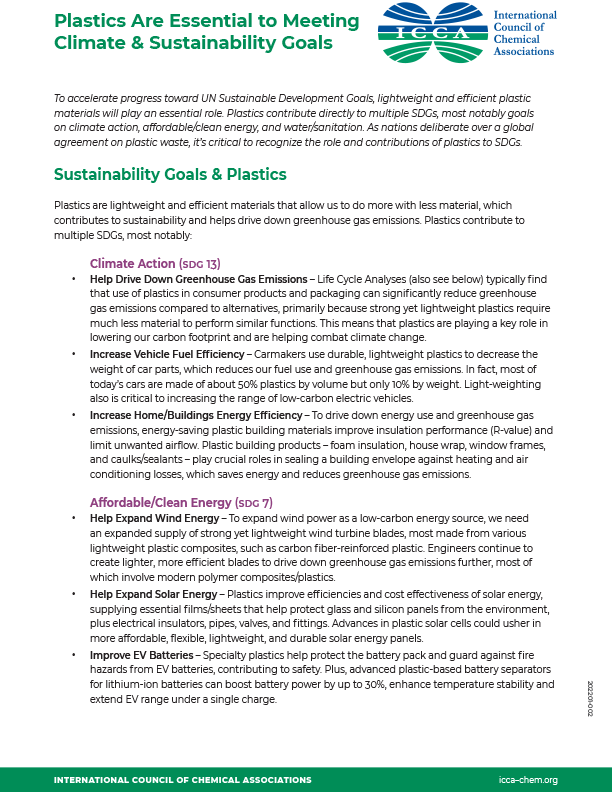
We envision a planet without plastic pollution.
A world where plastic products are valued for their contributions to achieving United Nations Sustainable Development Goals (SDGs). And valued for enabling a lower carbon future. A world where plastics are sustainably made and remade in a circular economy.
We can advance our goals and prevent material from entering the environment while retaining the societal benefits of plastics. This requires action across the entire value chain, as well as enabling policies from governments that help us accelerate and scale progress toward a circular economy.
As plastic makers, we recognize the importance of sustainable production and designing for reuse/recycling so used plastics become valuable raw materials for new plastics. Keeping plastics in our economy and out of our environment.
As we innovate and transform our business models, we will collaborate with stakeholders to unlock the investments needed to bridge gaps in the waste management and recycling ecosystem so we can capture used plastics for reuse.
We recognize the need for flexibility on the path to ending pollution, allowing national and local circumstances to guide strategies and solutions. And we recognize the need for a common vision to which these strategies and solutions can align.
We invite all stakeholders to join forces and help solve this global challenge.
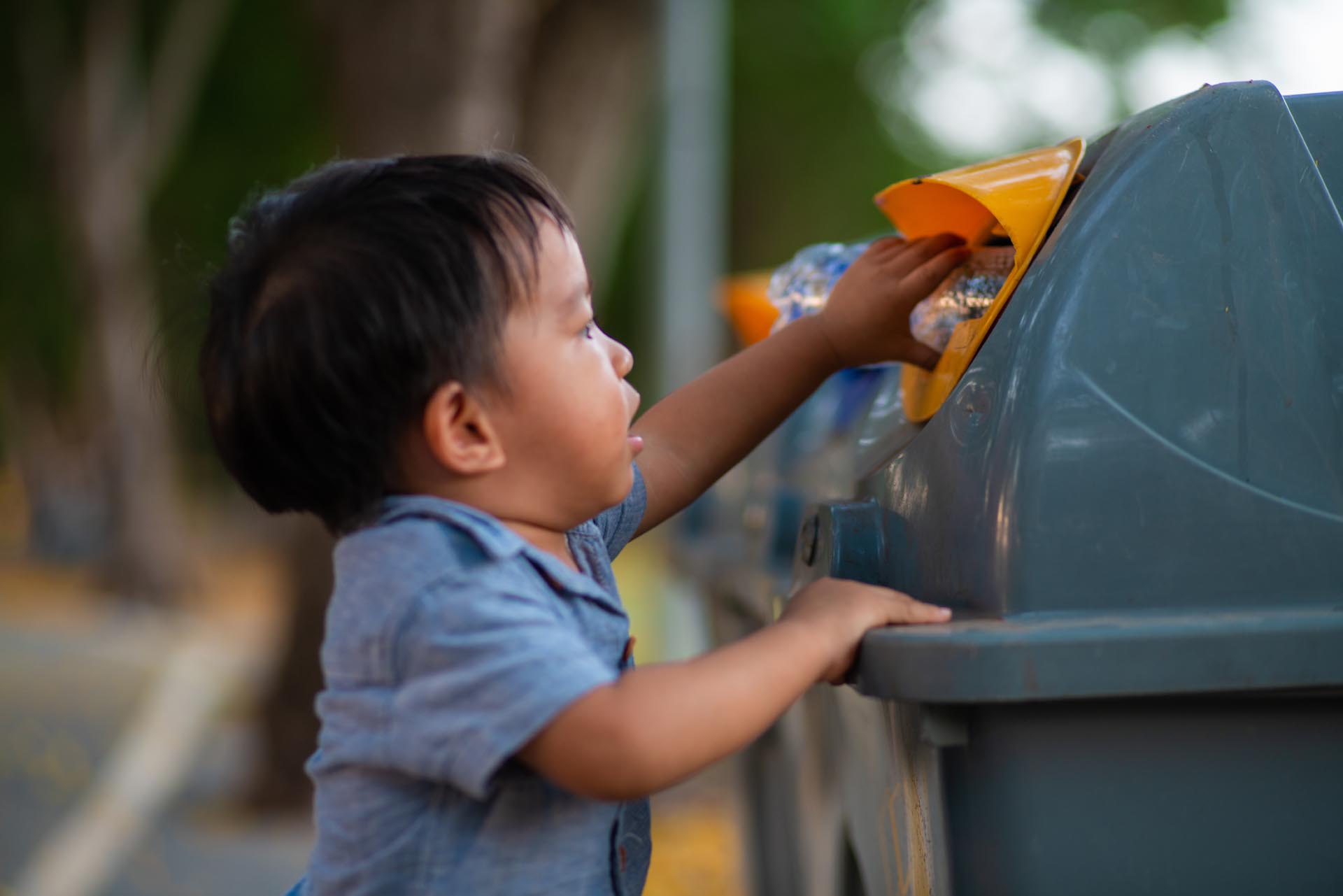
Multiple plastic makers have made significant investments to help achieve a circular economy for plastics. These investments will be essential in helping close the gap between demand and supply for recycled plastics.
Below are links to announced investments separately made by leading companies toward circularity.

We were the first global packaging company to pledge to design all products to be recyclable, compostable or reusable by 2025 and to increase our use of recycled content.
Read More

AmSty has committed to a 2030 goal that all polystyrene products designed for food packaging applications will contain at least 30% recycled content.
Read More

We aim to process 250,000 metric tons of recycled and waste-based raw materials in our production plants annually from 2025.
Read More

Berry announces goal for 30% circular plastics by 2030, with long-term vision to decouple from fossil fuels.
Read More
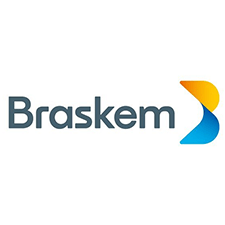
Braskem plans to supply the market with 300 kton of products with recycled content by 2025 and 1 million tons by 2030.
Read More
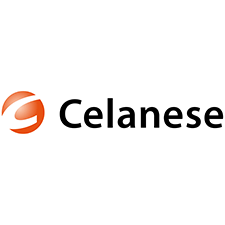
Celanese is prioritizing environmental goals in 2021 and 2022 to include a 30% intensity reduction in GHG emissions, a 10% intensity reduction in net energy and water consumption, and a 15% intensity reduction in waste disposal based on production—all by 2030.
Read More

Covestro is striving for climate neutrality by 2035. The aim is to achieve net zero emissions from their own production and from purchased energy by then.
Read More
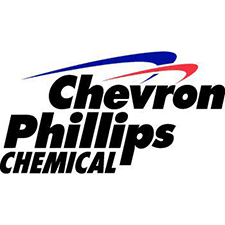
Chevron Phillips Chemical is targeting an annual production volume of 1 billion lbs. of Marlex® Anew™ Circular Polyethylene by 2030.
Read More
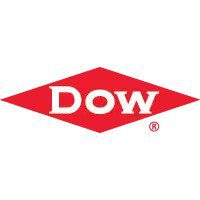
Dow has updated its “Stop the Waste” goal to “Transform the Waste” and plans to produce 3 million metric tons of circular and renewable plastic annually by 2030, tripling its previous target.
Read More

Reduce greenhouse gas (GHGs) emissions 30%, including sourcing 60% of electricity from renewable energy by 2030, and deliver carbon neutral operations by 2050.
Read More

Eastman has committed to recycle more than 250 million pounds (113.4 million kg) of plastic by 2025 and more than 500 million pounds (226 million kg) by 2030.
Read More

ExxonMobil plans to increase its annual advanced recycling capacity to 500,000 metric tons, or approximately 1 billion pounds, by year-end 2026 across multiple sites globally.

Ineos has set the highly ambitious goals of achieving net zero emissions by 2050 and target an intermediary milestone of already reducing their scope 1 and 2 greenhouse gas (GHG) missions by 45% compared to the 2019 baseline by the year 2030.
Read More
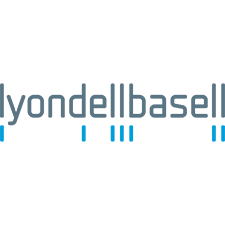
LyondellBasell aims to produce and market 2 million metric tons of recycled and renewable-based polymers annually by 2030. LyondellBasell also supports the voluntary commitments of PlasticsEurope, the Polyolefins Circular Economy Platform and the American Chemistry Council to achieve high rates of plastic reuse and recycling.
Read More

Mitsubishi Chemical Group Corporation is committed to reduce 29% its scope 1+2 global greenhouse gases (GHG) emissions by fiscal 2030 compared to fiscal 2019 levels and to achieve carbon neutrality by 2050 with net zero GHG emissions.
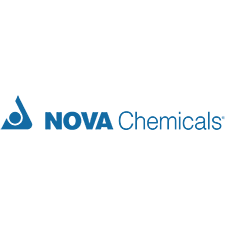
NOVA is committed to enabling 100 percent of plastics packaging is recyclable or recoverable by 2030; and 100 percent of plastics packaging is re-used, recycled or recovered by 2040.
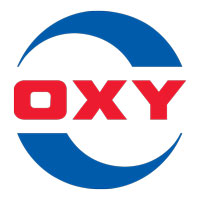
Oxy strives to reduce energy usage in the form of natural gas, steam and purchased electricity; increase use of hydrogen as a non-carbon fuel source for energy production within operations; reduce process waste (non-hazardous & hazardous) and system waste, and apply new waste disposal technology; and maximize their conversion of raw materials used in their products to increase their material efficiency by 2025.

SABIC is determined to increase the amount of recycled plastic it processes in Europe to 200Kt by 2025, in line with an EU Commission pledge.

Sealed Air is committed to design or advance 100% of packaging solutions to be recyclable or reusable, eliminate waste by incorporating an average of 50% recycled or renewable content into solutions, and collaborate on advanced recycling technology and infrastructure all by 2025.

By 2030, Shell will increase the amount of recycled plastic in their packaging to 30% and ensure that the packaging they use for their products is reusable or recyclable.

Solvay’s Spinetta site has the ambitious objective of reducing its industrial waste to zero, starting with an 80% reduction by 2024.
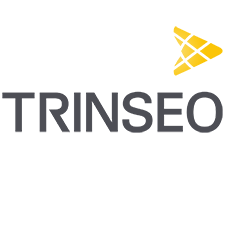
By 2035, reduce by 35% Scope 1 & 2 GHG emissions intensity (2017 base year) and by 2030, increase the share of electricity from non-fossil sources from 5% to 30% (2017 base year).
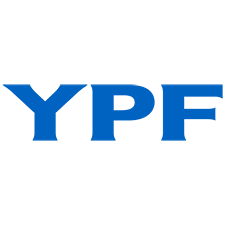
YPF’s objective is to move forward with the installation of a small-scale unit that processes between 500 and 700 tons per year of waste plastics, with an estimated start-up date in the coming months. This first step will generate a learning curve that will allow them to scale the project to an industrial level.